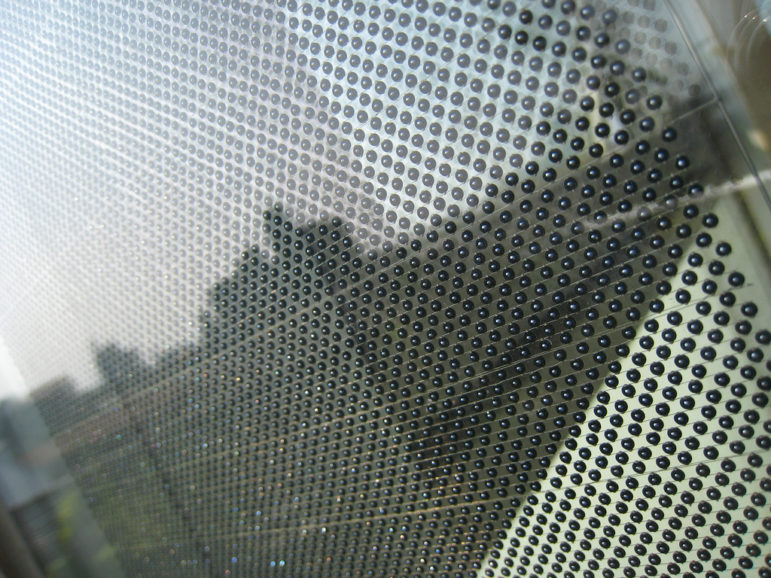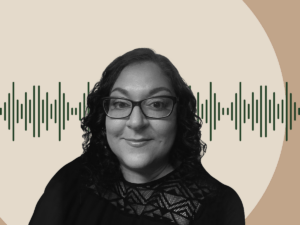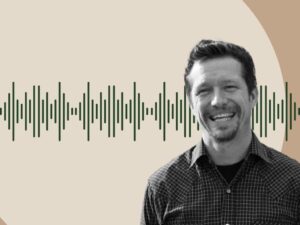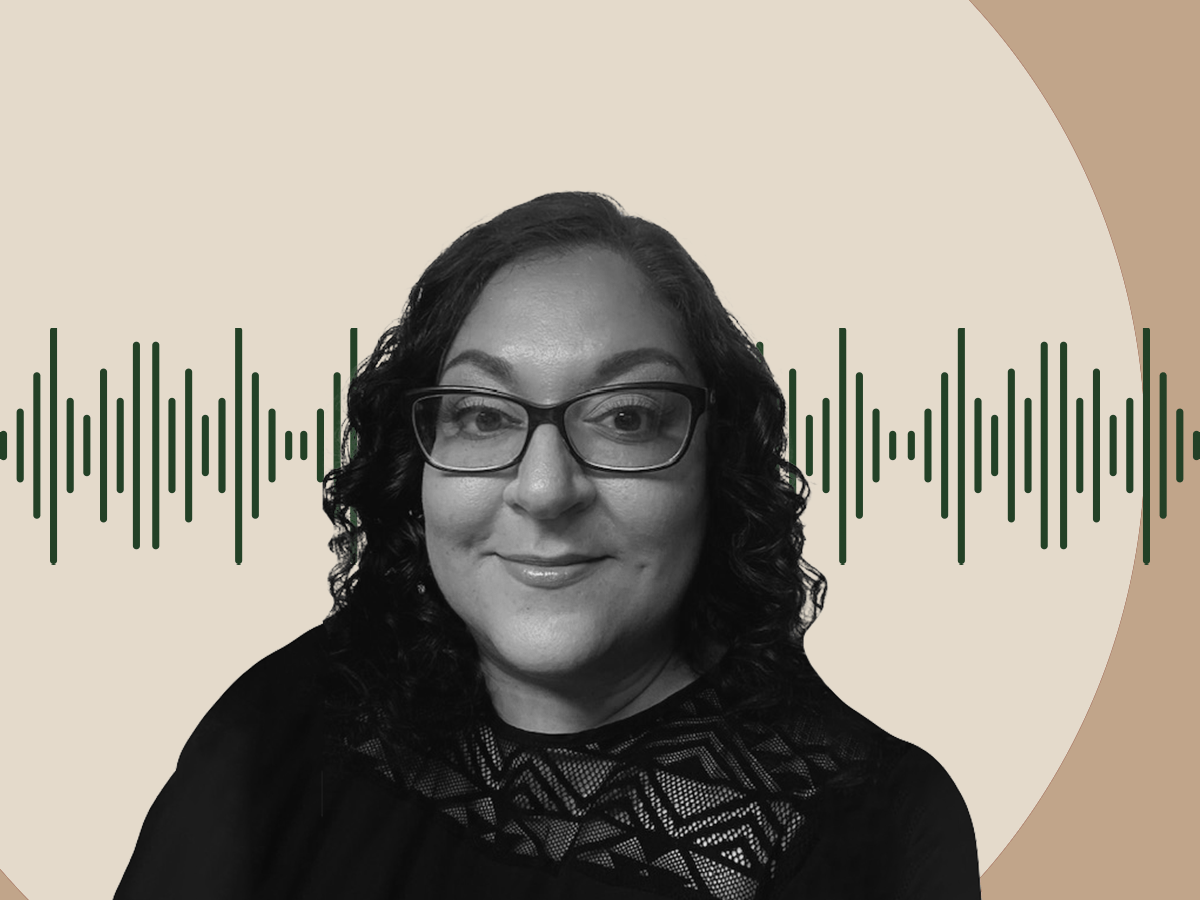
October 3, 2016; City Limits
Amanda Reddy and David Jacobs take a look at the intersections of race, health and justice in an article entitled “Building Justice: Genetic Code, ZIP Code and Housing Code All Affect Health and Equality” for the magazine City Limits. In support of their thesis about the linkages between African American health disparities and geographic (“zip codes”) and housing (“housing codes”) conditions, the authors cite numerous studies. Asthma and lead poisoning are featured among the health conditions caused by poor housing. Lack of access to quality healthcare and healthy foods are intervening variables that undermine health outcomes. The authors go on to cite the reductions in health problems shown in the studies of the Move to Opportunity programs as evidence that housing and neighborhood account for the health disadvantages.
Ironically, the authors miss a key factor: Discrimination itself matters. A wealth of studies have made the connection between discrimination and health, and the newest ones show the stress of racial isolation underlies chronic disease where there are dramatic health disparities between African Americans and whites.
- A recent study from Manchester University links racial discrimination and poor mental health. “For the first time, research reveals how harmful repeated racial discrimination can be on mental and physical health. The study looked at the accumulation of experiences of racial attacks over time including being shouted at, being physically attacked, avoiding a place, or feeling unsafe because of one’s ethnicity.”
- A 2010 study by researchers at the University of Michigan found “Older people who live in racially segregated neighborhoods with high crime rates have a much higher chance of developing cancer than do older people with similar health histories and income levels who live in safer, less segregated neighborhoods, according to new research.”
- Sarah Goodkind’s study of black lives digs into the lived experiences of African American girls in Allegheny County, Pennsylvania.
- This week, a study of New York City residents identified “shocks” that result from frequent encounters in the lives of low-income people as being associated with persistent poverty and poor health outcomes. “Poverty Tracker collects data on five types of shocks: financial, relationship dissolution, crime victimization or loss of property, medical events, or encounters with law enforcement (police stops or arrests). There appears to be a strong correlation between frequency of shocks and persistence of hardships.”
In the face of mounting evidence that discrimination and racial isolation are themselves sources of racial health disparities, it seems a little naive to believe that simply repairing substandard housing or facilitating moves to more prosperous neighborhoods will cure the damage done by the “shocks” of living through racial discrimination and economic insufficiency. While addressing housing and segregation may reduce the frequency or severity of “shocks,” as is suggested in the book Coming of Age in the Other America, that reduction may not guarantee social mobility.
Sign up for our free newsletters
Subscribe to NPQ's newsletters to have our top stories delivered directly to your inbox.
By signing up, you agree to our privacy policy and terms of use, and to receive messages from NPQ and our partners.
Merely addressing housing conditions like removing lead hazards and asthma triggers, or reducing housing insecurity by expanding rent subsidies, or promoting household mobility to opportunity-rich neighborhoods may not be sufficient to modify racial health disparities. Ending discrimination, in both its forms of outright bigotry and implicit bias, may be another necessary intervention.
Kudos to City Limits for tackling this complex subject in a multi-part series on inequality. “Building Justice,” supported in part by Enterprise Community Partners, marks the magazine’s 40th anniversary with an ambitious undertaking worthy of consideration. City Limits is a nonprofit journal that features stories about cutting edge community development issues. The City Limits website describes their organizational genealogy in a way that seems reminiscent of many nonprofit startups.
In early February 1976, a newsletter was printed on yellow paper, stapled and sent out to housing advocates around New York. The name across the top was “City Limits.” Over the subsequent four decades, City Limits would grow to become the city’s leading source for policy news and investigative reporting on issues facing low-income communities. The design, the staff and our medium changed. Our commitment to reporting on the New York that most media don’t cover did not.
Survival with style is worthy of acclaim.—Spencer Wells













